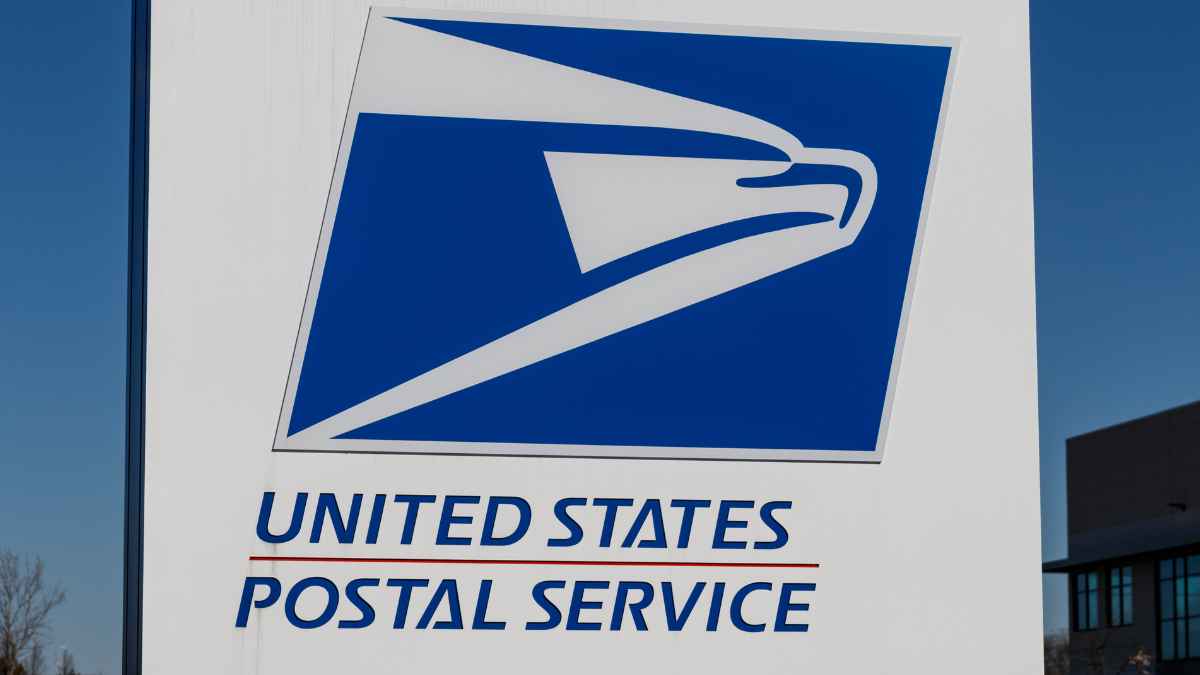Five‑cent hike takes effect July 13, raising costs for postcards, international letters and more.
Mail writers have a new number to remember: 78 cents. Starting July 13, the United States Postal Service (USPS) will charge that amount for its ubiquitous first‑class Forever stamp, up from 73 cents. The increase, cleared by the Postal Regulatory Commission after months of review, headlines a wider round of adjustments designed to shore up the agency’s finances.
Why the postal service says the higher prices are still a bargain
Postage isn’t the only thing moving north. Domestic postcards rise from 56¢ to 62¢, while a one‑ounce letter within the United States now costs 74¢ instead of 69¢. International mailers see their postcard and one‑ounce letter rate jump to $1.70, up a nickel. USPS says the package reflects an average 7.4 percent climb across its market‑dominant products—part of the decade‑long “Delivering for America” plan to regain solid financial footing. “Our prices remain among the most affordable worldwide,” a spokesman noted.
Wondering if you’ll need to stock up on Forever stamps now? The good news is that any stamps already in your desk drawer will still cover a first‑class letter, no make‑up postage required.
| Product | Previous price | New price (July 13) |
|---|---|---|
| Forever stamp (1‑oz letter, U.S.) | $0.73 | $0.78 |
| Additional ounce, domestic letter | $0.28 | $0.29 |
| Postcard, domestic | $0.56 | $0.62 |
| Letter or postcard, international 1 oz | $1.65 | $1.70 |
These pennies may look small, yet they add up for small businesses that still send paper invoices. After all, who wants higher overhead just to get bills out the door?
What the new USPS price list means for letters, postcards and packages
First, casual senders are likely to feel the impact only when the holiday‑card season rolls around. A family mailing 50 cards will pay about $2.50 more than last year—roughly the price of a large coffee. Second, nonprofit groups dependent on bulk rates won’t see immediate changes; those adjustments follow a separate calendar. Third, online sellers that use USPS flat‑rate envelopes are untouched by this round, which targets strictly letter‑class products.
Still, every rise revives a familiar debate: can the postal service balance its books without discouraging the very customers it relies on? For many Americans, the answer is to lean harder on email and online bill‑pay, leaving USPS to carry less volume at higher marginal costs.
The next scheduled review is set for January, so mail watchers should keep an eye on the calendar. In the meantime, pick up a roll of Forever stamps if you prefer paper correspondence—your wallet will thank you later.

